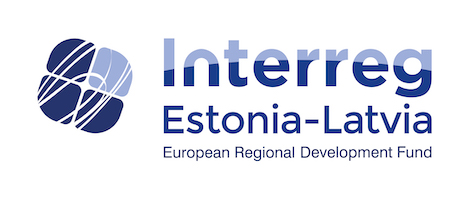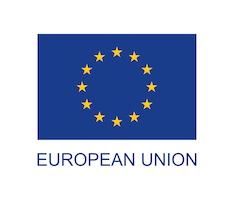
Already centuries ago, it has been said that the one who owns the information rules the world. It is customary to describe decades by keywords. The coming decade has been referred to as the Decade of Information Transparency. How does automation of data availability affect retail trade and supply chain as a whole?
What has changed over the last decade?
The world has changed significantly during the past decade. The 2010s started with high economic expectations, as both Estonia and the world had survived the financial crisis and growth seemed to be the only option.
But like most crises, this one changed the rules of the game i.e. business models. Solutions related to social media, e-commerce and the sharing economy emerged. Personal approach to customers has more meaning than ever. Digital solutions created expectations that everything is available right now, anywhere and is custom made for the customer.
Increasing well-being enables people in Estonia to care more for the ecosystem, social rights and their own health. Consumers are looking for product information, and a growing amount of them are making their purchase decisions based on who made the product and how.
Why is there a decade of information transparency right now?
The past decade has thus prepared us technologically as well as in terms of knowledge, for the next major change, called digital transformation. The change is driven by the pressure of efficiency and speed.
In the supply chain, it mostly means automatization of the processes. For example, in the past decade we saw a strong increase in automated document exchange (EDI) in the supply chain between suppliers and retailers, which is Telema’s core business. In most cases, however, only a few types of supply chain documents have been transferred from paper to EDI. This means that processes are still largely based on paper-excel-email methods.
The coming decade will certainly bring a breakthrough here – many information exchange processes will be 100% digital and automated, resulting in soaring growth of efficiency. Thus, automation requires data quality and instant access – essentially data transparency.
The second trend is the accelerating growth of data volume. The volume of product information is growing both due to increase in the amount of new products as well as due to increase in the information available for each product caused by consumer awareness or environmental requirements.
BI and AI come in hand to help us make right decisions fast in the condition of accelerating growth of data volume. However, both require data quality and instant access.
Soon the product information is not a competitive advantage anymore
The quality of product information currently determines to a large extent consumers’ decisions, especially in e-commerce. However, handling product information is relatively ineffective – every link in the supply chain starts to describe the product basically from zero. Massive amount of double work is done when products are sold by multiple retailers. Compare for example the product descriptions of consumer electronics in different e-stores.
Telema believes that product data could move much more efficiently through the supply chain. Every retailer could add its own small touch to product description, but the basic product data is generally unambiguous and unchanged starting from the manufacturer. We should just agree on the format and channels for exchanging product data. This means – make product data transparent and available.
Telema PDS (Product Data Sync) will be a solution that allows wholesalers, distributors or manufacturers to create, store and administer all of their product data easily and efficiently in one database, and securely exchange it with retailers.
The development of Telema PDS is supported by the European Regional Development Fund through the Interreg program.

